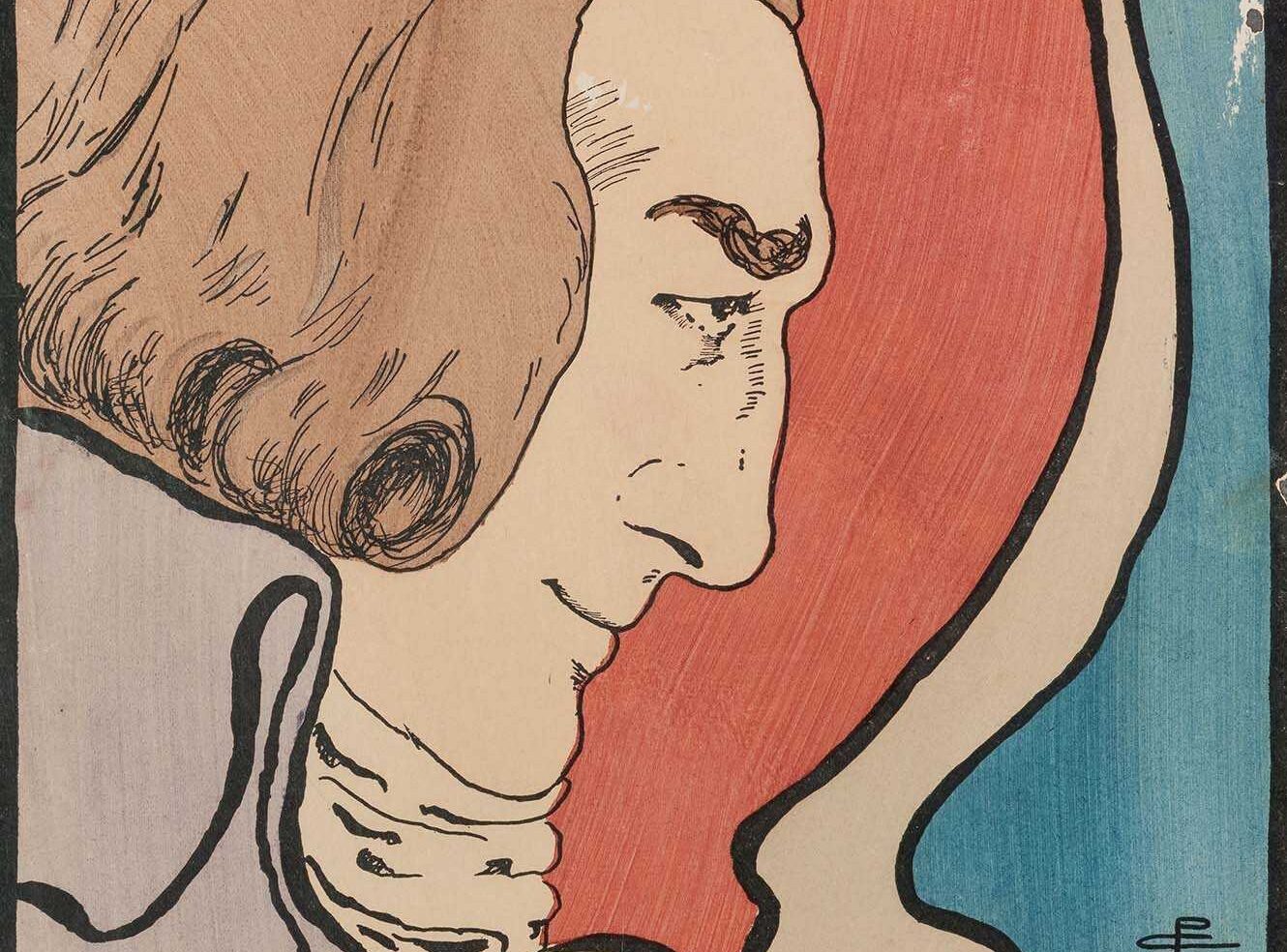A Pioneer, I Presume: The life of W. Barbrooke Grubb
At the tender age of 19, Wilfrid Barbrooke Grubb had an interview with the South American Missionary Society (SAMS) to be considered for missionary work abroad. In 1889, after a stint in Tierra del Fuego, he was sent to northern Paraguay to establish the first mission station in Chaco. South America was still a largely unexplored continent that held many unknown dangers, and Chaco was a particularly notorious region. Previously uncontacted tribes are still being discovered there, and in the late 19th-century stories of ritual mutilation and cannibalism were rife.
 As this extract from the SAMS publication Share (1988) suggests, despite the dangers faced his work was deemed incredibly successful and he is remembered as a pioneer and explorer as much as a missionary. And as the photograph suggests in its own right, he was also firmly on the eccentric side.
As this extract from the SAMS publication Share (1988) suggests, despite the dangers faced his work was deemed incredibly successful and he is remembered as a pioneer and explorer as much as a missionary. And as the photograph suggests in its own right, he was also firmly on the eccentric side.
Grubb worked with the Lengua people (among others) for twenty years, and wrote several books about his experiences and the indigenous practices he encountered. These include his singular tactics for winning the respect of the natives:
“On arriving at a village, I insisted, as far as possible, upon all the people ministering to my comfort. I ordered one to prepare my resting-place, another to make a fire, a third to bring me water, and another to pull off my knee boots. When the heat was great or the flies troublesome, I made two sit by me with fans. When on foot, and having to cross a swampy patch, I made one of them carry me across – in fact I avoided doing anything myself that I could persuade them to do for me." (An Unknown People in an Unknown Land, 1911).
Unsurprisingly, one of these natives soon shot him in the back with a poisoned arrow. He survived, despite the Lengua’s custom of live burial and a “roving goat” sitting on his chest while he attempted to convalesce. He went on to become a successful author and amateur anthropologist.

There are still active missionaries in the Chaco region, and the effects of the work of early field missionaries like Grubb are felt across the globe not only in terms of religious and cultural impact, but the anthropological and topographical knowledge they passed on.
You can read about other SAMS and Church Missionary Society missionaries from the 19th-century to the 21st in our forth-coming resource Church Missionary Society Periodicals, publishing April 2015.
Image 1: Column from SAMS publication Share October-December 1988. Image © Church Mission Society. Further reproduction prohibited without permission.
Image 2: Some Lengua children, one of the tribes Grubb worked amongst, from the South American Missionary Magazine, December 1934. Image © Church Mission Society. Further reproduction prohibited without permission.
Recent posts

Foreign Office, Consulate and Legation Files, China: 1830-1939 contains a huge variety of material touching on life in China through the eyes of the British representatives stationed there. Nick Jackson, Senior Editor at AM, looks at an example from this wealth of content, one diplomat’s exploration of Chinese family relationships and how this narrative presented them to a British audience.

The Nineteenth Century Stage is a rich resource exploring the theatrical celebrities, artistry, and changing social roles of the era. It highlights Pamela Colman Smith, known for her Rider-Waite tarot illustrations and theatre work, whose influence shaped Victorian theatre. Despite being overlooked, her life and impact are vividly captured through striking art and intimate collections within this valuable resource.
